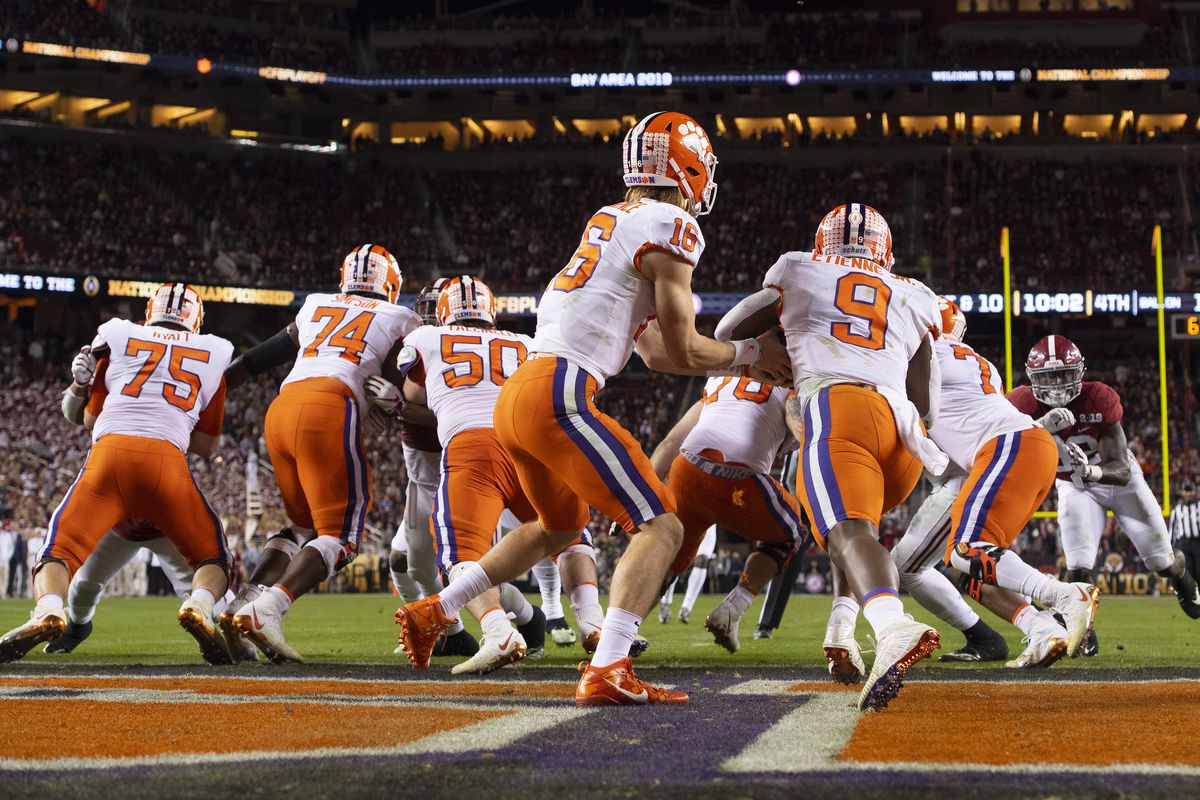As the clock strikes midnight and the world rings in a new year, New Year’s Day brings celebrations filled with hope, resolutions, and fresh starts. For football fans, however, this day holds a particular kind of excitement. New Year’s Day football has become a cherished tradition that brings together fans, friends, and family, with epic matchups on the gridiron. From college bowl games steeped in history to nail-biting professional matchups, New Year’s Day football offers drama, competition, and spectacle like no other. This article delves into the history, traditions, major games, and cultural significance of New Year’s Day football, offering a complete guide to understanding why it remains such a beloved part of American sports culture.
Origins of New Year’s Day Football
New Year’s Day football began over a century ago and has grown in prominence alongside the popularity of the sport itself. The tradition was born with the first Rose Bowl game in 1902, held in Pasadena, California, as part of the Rose Parade festivities. The goal was to attract tourists and add excitement to the festivities. Although the game was initially intended as a one-time event, the positive reception led to its annual recurrence starting in 1916. Over time, other bowl games were added on New Year’s Day, and the day became synonymous with competitive college football.
The Evolution of Bowl Games
As football’s popularity soared, additional bowl games were introduced, each aiming to attract top teams from across the nation. Some of the most famous New Year’s Day bowl games that joined the Rose Bowl include the Sugar Bowl, Orange Bowl, Cotton Bowl, and Fiesta Bowl. Together, these games became known as the “New Year’s Six,” playing a crucial role in determining the champions and rankings of college football teams. In recent years, the College Football Playoff (CFP) has incorporated some of these classic bowl games into the playoff rotation, adding a new layer of excitement to New Year’s Day matchups.
The Significance of Bowl Games on New Year’s Day
Bowl games are more than just matches—they are celebrations of regional pride, legacies, and school spirit. Here’s a breakdown of some of the major New Year’s Day bowl games and what they represent:
Rose Bowl
The Rose Bowl, often called “The Granddaddy of Them All,” is the oldest and one of the most prestigious bowl games in college football. Traditionally featuring teams from the Pac-12 and Big Ten conferences, the Rose Bowl is played in Pasadena, California, and is known for its pageantry and scenic setting against the San Gabriel Mountains. Fans travel from across the country to watch the game and enjoy the iconic Rose Parade.
Sugar Bowl
Held in New Orleans, Louisiana, the Sugar Bowl was first played in 1935 and has a long-standing association with the Southeastern Conference (SEC). Known for its festive atmosphere, the Sugar Bowl captures the essence of New Orleans with celebrations, live music, and a vibrant fan base. Teams that play here are among the best in the country, often making the Sugar Bowl a highly competitive and high-scoring event.
Orange Bowl
The Orange Bowl, played in Miami, Florida, is another historic bowl game with a tradition that dates back to 1935. Known for its connection to the Atlantic Coast Conference (ACC), the Orange Bowl showcases teams that excelled in their regular seasons. With its tropical locale, fans enjoy a unique experience that blends football with South Florida’s beaches and nightlife.
Cotton Bowl
First held in Dallas, Texas, in 1937, the Cotton Bowl has a rich history, initially serving as a showcase for the Southwest Conference. It now plays a pivotal role in the College Football Playoff rotation, attracting powerhouse teams and generating fierce competition. Fans attending the Cotton Bowl often experience the thrill of football Texas-style, with grand tailgating events and passionate supporters.
Fiesta Bowl
Though newer compared to the other bowls, the Fiesta Bowl has quickly gained prestige, particularly since the 1980s when it began featuring top-ranked teams. Played in Arizona, the Fiesta Bowl is known for memorable moments and thrilling upsets, making it a favorite among fans who enjoy unpredictable matchups.
The College Football Playoff and New Year’s Six
In 2014, college football transitioned to a playoff system, establishing the College Football Playoff (CFP) as the determinant of the national championship. As part of this system, two of the New Year’s Six bowl games host the playoff semifinals on a rotating basis each year. This new structure has added significant importance to New Year’s Day games, as they can now directly impact which teams move on to the national championship. The inclusion of playoffs in the New Year’s Day lineup has only intensified the anticipation and excitement surrounding the day’s games.
New Year’s Day in the NFL: A Changing Tradition
While college football traditionally owns New Year’s Day, the National Football League (NFL) has occasionally scheduled games on this day as well. However, because college bowl games dominate New Year’s Day television, the NFL often reserves Sundays and key dates for its regular-season and playoff games. When New Year’s Day falls on a Sunday, however, the NFL hosts a full slate of games, creating a packed day of football for fans to enjoy.
Memorable New Year’s Day NFL Games
Over the years, the NFL has delivered some thrilling games on New Year’s Day. Playoff games and season finales often fall around this date, leading to significant matchups that determine playoff seeds or league champions. Fans who get the chance to watch NFL games on New Year’s Day enjoy a different kind of intensity, as the games carry implications for the league’s postseason picture.
The Cultural Impact of New Year’s Day Football
For many Americans, New Year’s Day football is as much a part of the holiday as parades and family gatherings. It’s a day when friends and families come together to celebrate, not only the new year but also their favorite teams and traditions. Tailgating, watching with friends at home, and even making friendly bets are all common ways people partake in the day’s festivities.
Football and New Year’s Resolutions
With the timing of New Year’s Day, fans often view these games as a fitting way to kick off their year with optimism and excitement. For athletes, too, New Year’s Day games can symbolize fresh starts, redemption, and the opportunity to perform their best. The theme of renewal inherent in New Year’s Day mirrors the competitive spirit seen on the field, where teams resolve to finish strong, setting the stage for an action-packed new year.
Iconic Moments in New Year’s Day Football
Throughout history, New Year’s Day football games have provided unforgettable moments and career-defining performances. Legendary athletes have made their mark in bowl games, delivering plays that have gone down in college football history. From stunning last-minute touchdowns to breathtaking defensive stands, these games create memories that fans cherish for a lifetime.
Viewing Tips for New Year’s Day Football
For those planning to watch New Year’s Day football, preparation is key! Here are some tips to get the most out of the experience:
- Schedule Your Day: New Year’s Day football often features multiple games back-to-back. Check the schedule in advance to ensure you don’t miss a minute of the action.
- Create a Game Day Atmosphere: Whether hosting a gathering or watching solo, elevate your experience with snacks, team-themed decor, and comfortable seating.
- Get Familiar with the Teams: Knowing a bit about each team’s journey and standout players can enhance the viewing experience.
- Celebrate Responsibly: Enjoying the festivities and food is part of the fun, but remember to celebrate safely if your gatherings include food, drinks, or travel.
Conclusion: New Year’s Day Football – A Tradition for All Fans
New Year’s Day football offers more than just a series of games; it’s a celebration of sport, tradition, and togetherness. From the early days of the Rose Bowl to today’s electrifying CFP showdowns, New Year’s Day football reflects the passion, pride, and excitement that fans feel for their favorite teams and players. For some, it’s the beginning of another year of cheering on their alma mater, while for others, it’s a fresh start in their support for new teams or players.
In the end, New Year’s Day football unites fans of all backgrounds, bringing them together to celebrate the thrills of the sport as they ring in the year ahead. Whether a seasoned fan or a newcomer to the game, everyone can appreciate the magic of New Year’s Day football—a timeless tradition that continues to create new memories each year.




